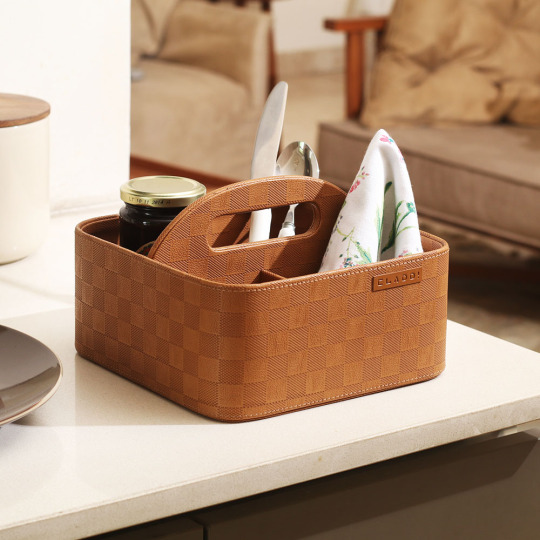Don't wanna be here? Send us removal request.
Text
What is Branding?
Branding is the process of creating a strong, positive perception of your company and its product in your customer’s mind.What Is Branding?
3 points that should be noted in this definition of product branding are:
Branding is to be unique. A unique branding results in the product being more recognized and differentiated in the pool of competition.
To give an identity.
Assigning characteristics and properties within and outside an offering
Your voice is big, you not only need to be good at getting found – you need to have a differentiator.
Once a brand finds that differentiator, it becomes their calling card. It’s how everyone recognizes them and the first thing everyone judges them by. So it needs to be consistent. No matter which channels your customers choose to interact with your brand – your website, blog, email, Facebook, Twitter, or whatever tomorrow’s technology may bring – they should all demonstrate the unique experience that your brand represents.

Creating Your Brand Strategy
A brand strategy is a long-term plan for developing a successful brand presence in order to achieve specific goals.
First, let’s clear up the biggest misconception about brand strategy:
Your brand is not your product, your logo, your website, or your name. In truth, your brand is far more encompassing — it defines the visceral and frequently intangible aspects of your company identity.
A well thought out and defined brand identity should be the backbone of any successful company, particularly for online enterprises that typically lack the physical brand components of brick-and-mortar stores. It’s that hard-to-pin-down feeling that separates powerhouse and mediocre brands from each other, and a big part of that hard-to-pin-down feeling comes from brand consistency.
1 note
·
View note
Text
What is vegan leather?
What’s so great about vegan leather? Only everything. Number one, it’s not made from the skins of dead animals. Plus, it’s Eco-friendly—and trees chic.
Sustainability is such a popular topic, as well as the proper treatment of all animals. Vegan leather offers options for materials that consider these needs while also being durable and looking great.
Vegan leather is a simulated leather material, often made of plastic. It is manufactured to look and perform similar to natural leather, while being made from substances that do not come from animals. Natural fiber vegan leathers are also available, and used in shoes, boots, jackets, and bags.
Some vegan leather is made from apples, mushrooms, or soy. It’s incredible to think that common fruit can be turned into materials that can be used in place of leather. Let’s explore more about what vegan leather is and what can be done with it.

What is Vegan Leather?
Vegan leather is a term that refers to materials that are made to look like natural leather, though do not come from animal hides. Most commonly, they are made of a polyurethane (PU) or polyvinyl plastic (vinyl). However, deep interest in alternatives and advances in technology are yielding a variety of vegan leathers that are made from 100% natural sources. Some examples include grapes, leaves, and cork.
Real leather is rather costly to produce, manufacture with, and care for. It also comes directly from animals. Vegan leathers are made mostly from plastics. This allows them to be far less expensive, easy to manufacture, and easy to care for. Vegan leather, in most cases, is essentially a plastic fabric.
Since it is a man-made material, vegan leather can be produced to meet a variety of needs across many industries. Also, the materials can be made in very large sizes, unlike most leathers that are limited by the size of the hide. It can be produced on a fabric, or flexible plastic backing (such as polyester).
Vegan leather also has some qualities of real leather, though few. In general, it will last only a few years, and begin to weaken crack in leather goods that are exposed to a frequent flexing and bending (such as shoes). However, it’s benefits make it a staple in today's marketplace. Also, more vegan leathers are becoming recyclable options. So lifespan of use becomes less a factor, as new ones can more easily be made from recycled materials, and in more efficient ways.
"290 million cows are killed per year to cover our current necessities and this numbers could duplicate in the next decade" - says Lucy Siegle, journalist and writer on environmental issues."
2 notes
·
View notes